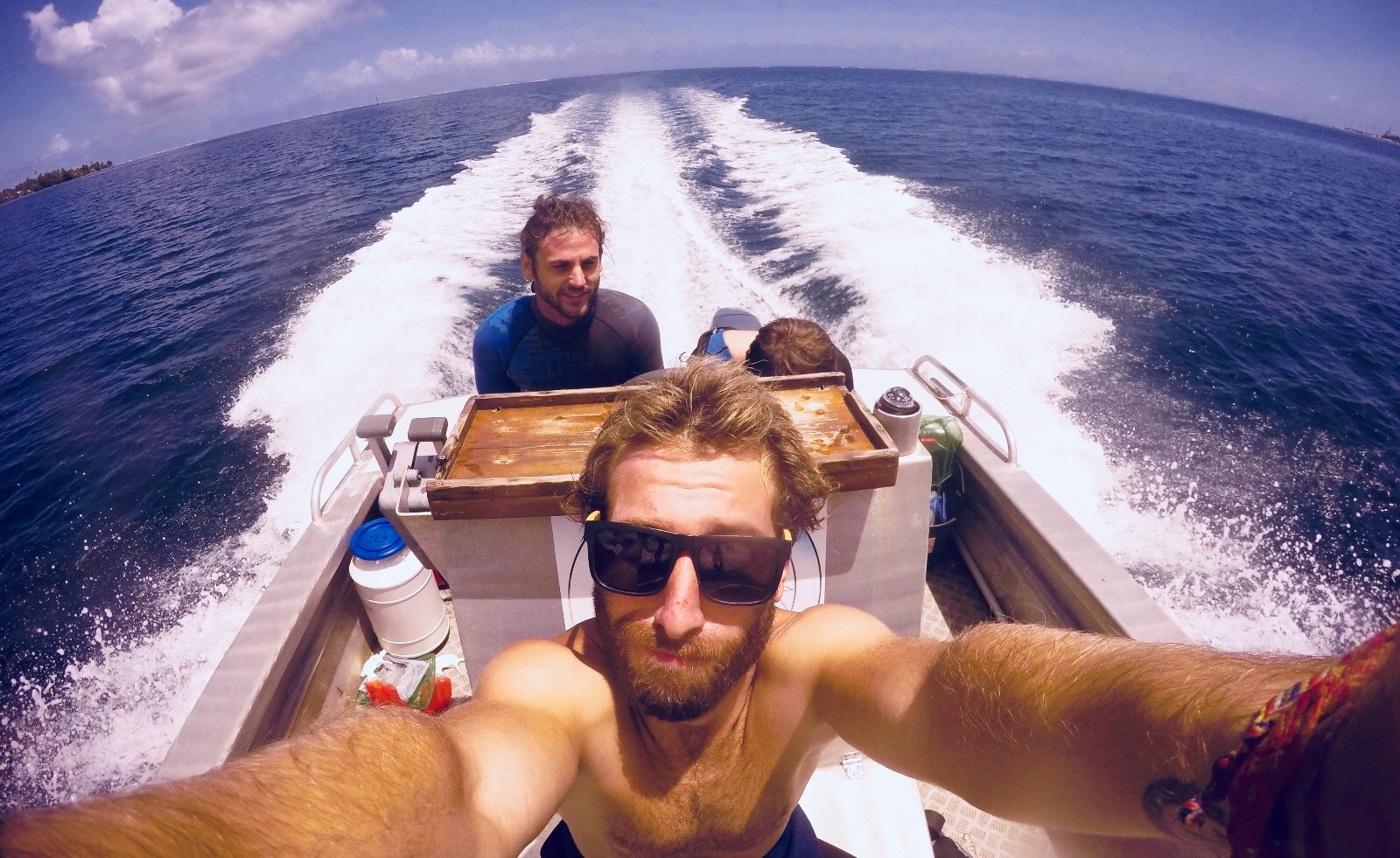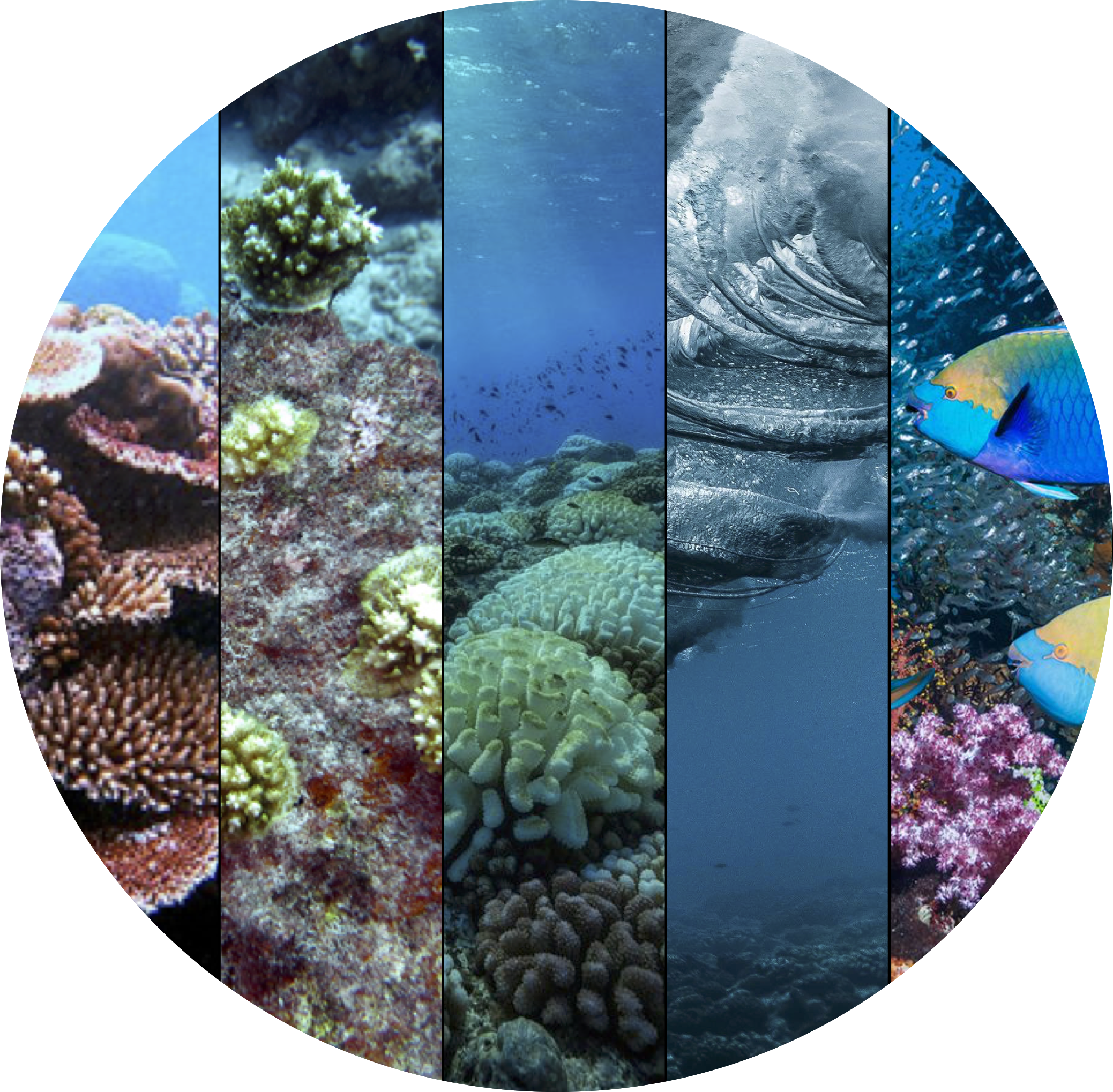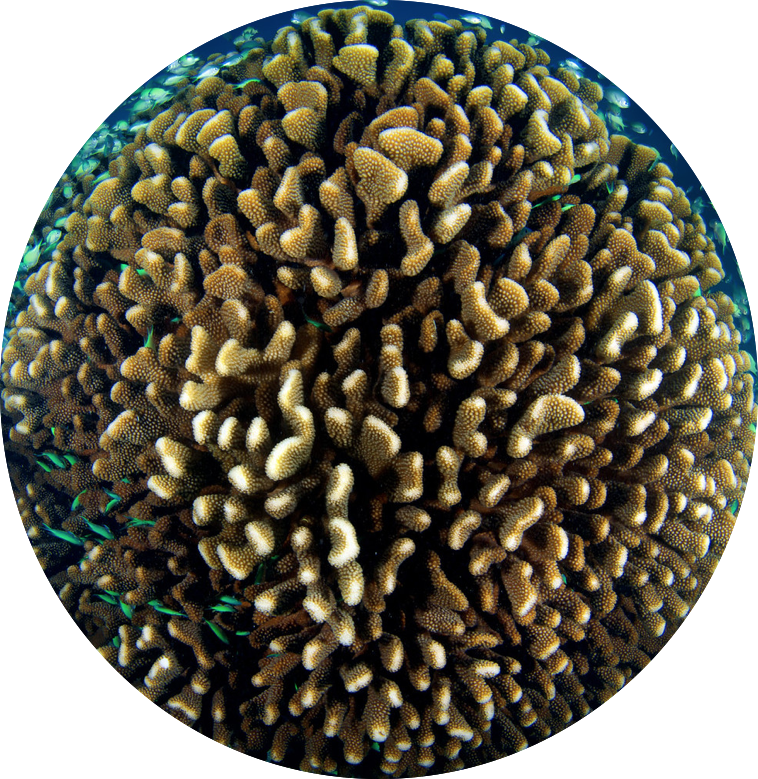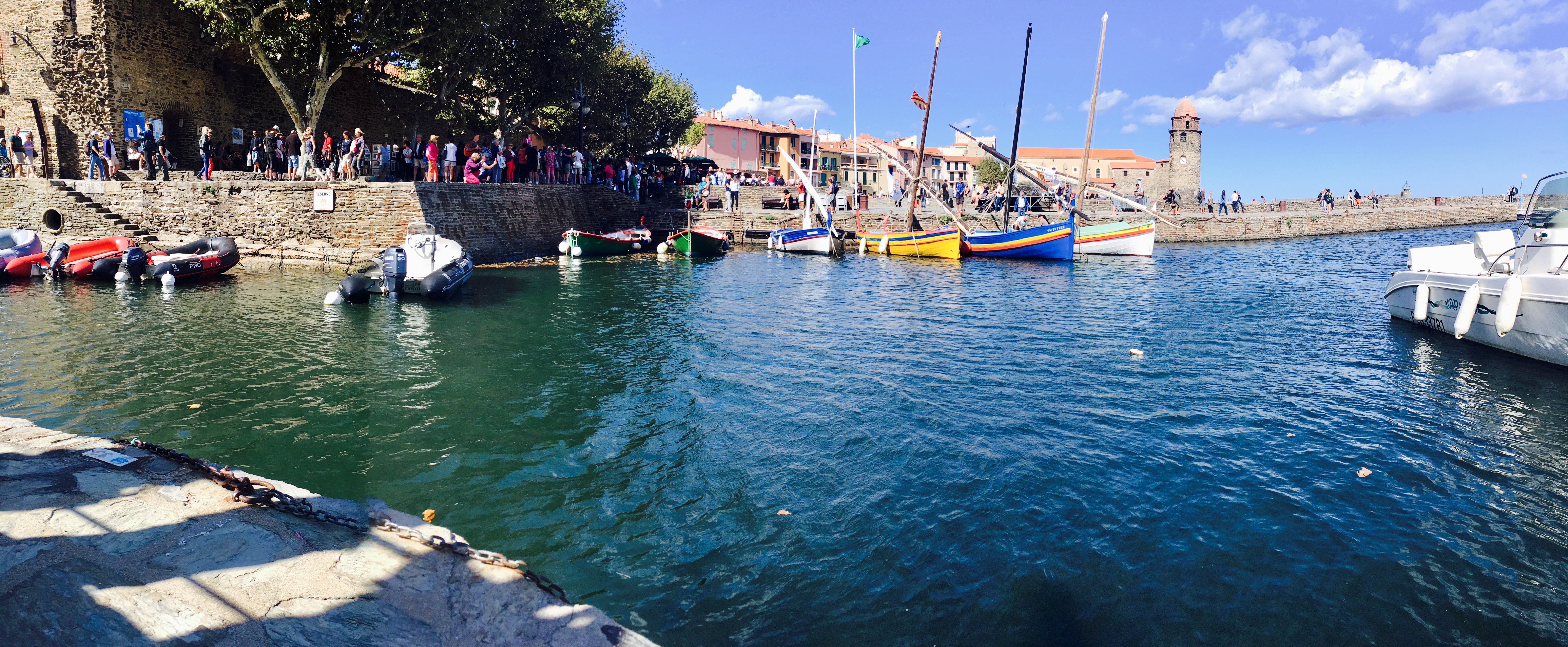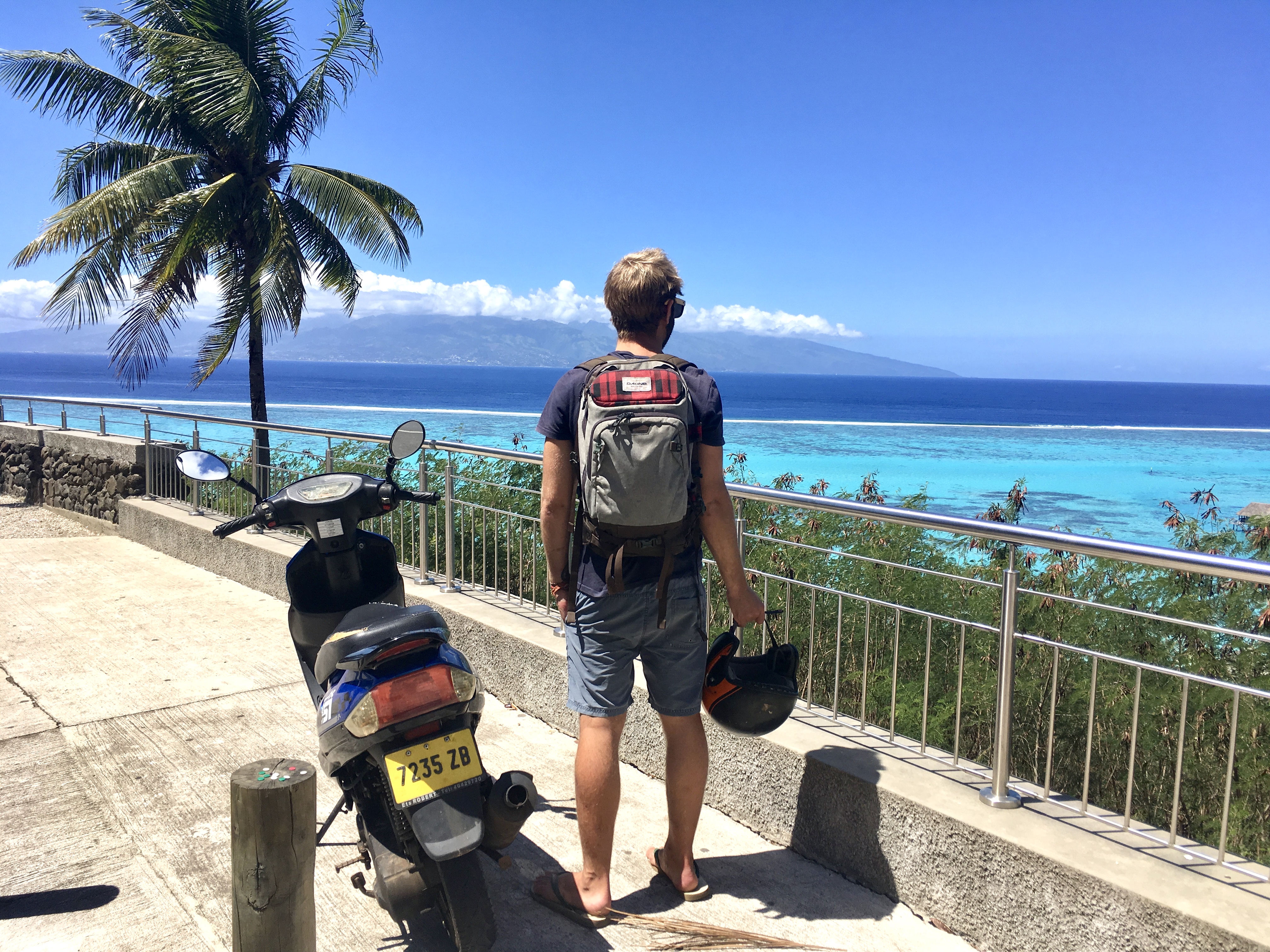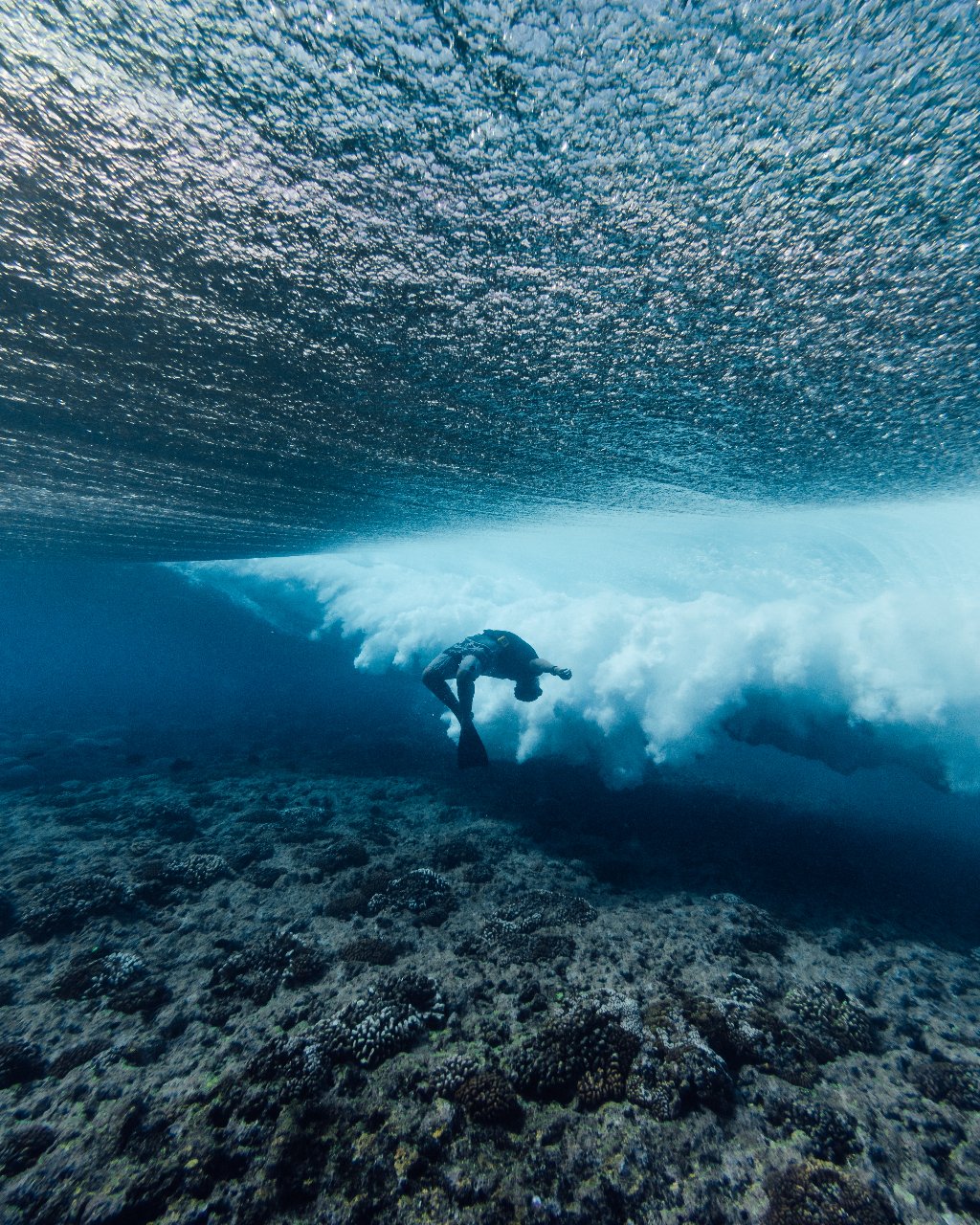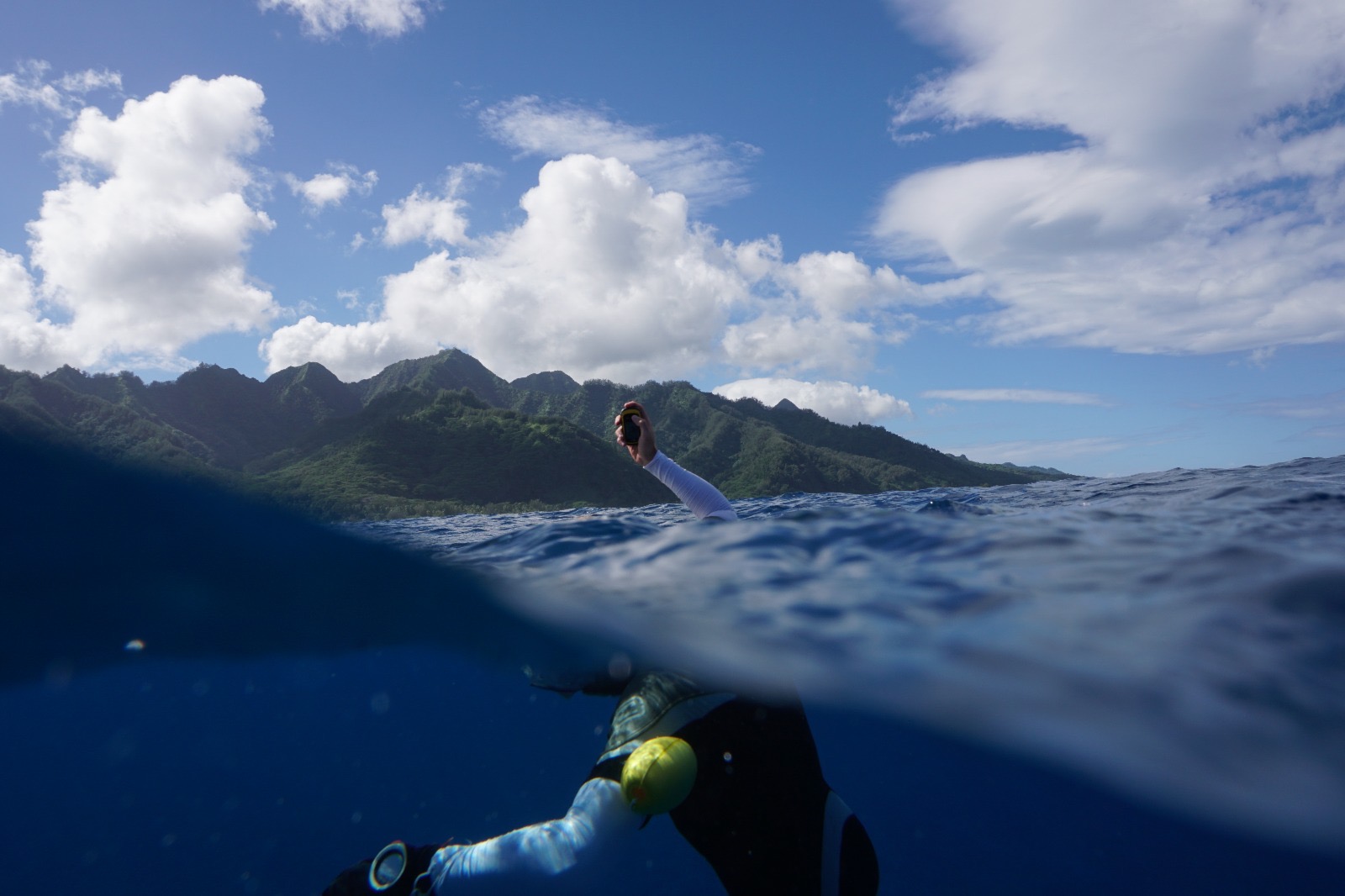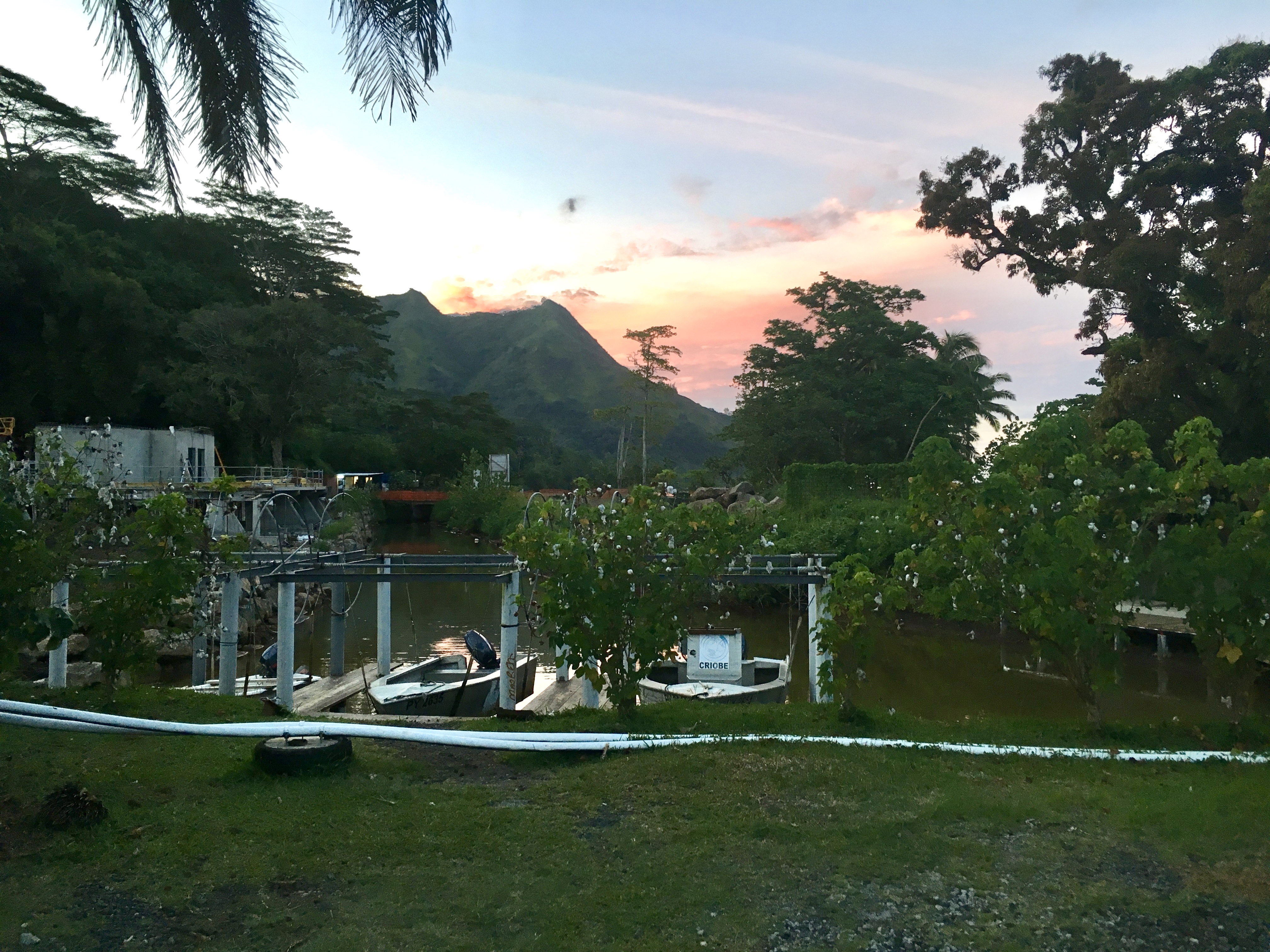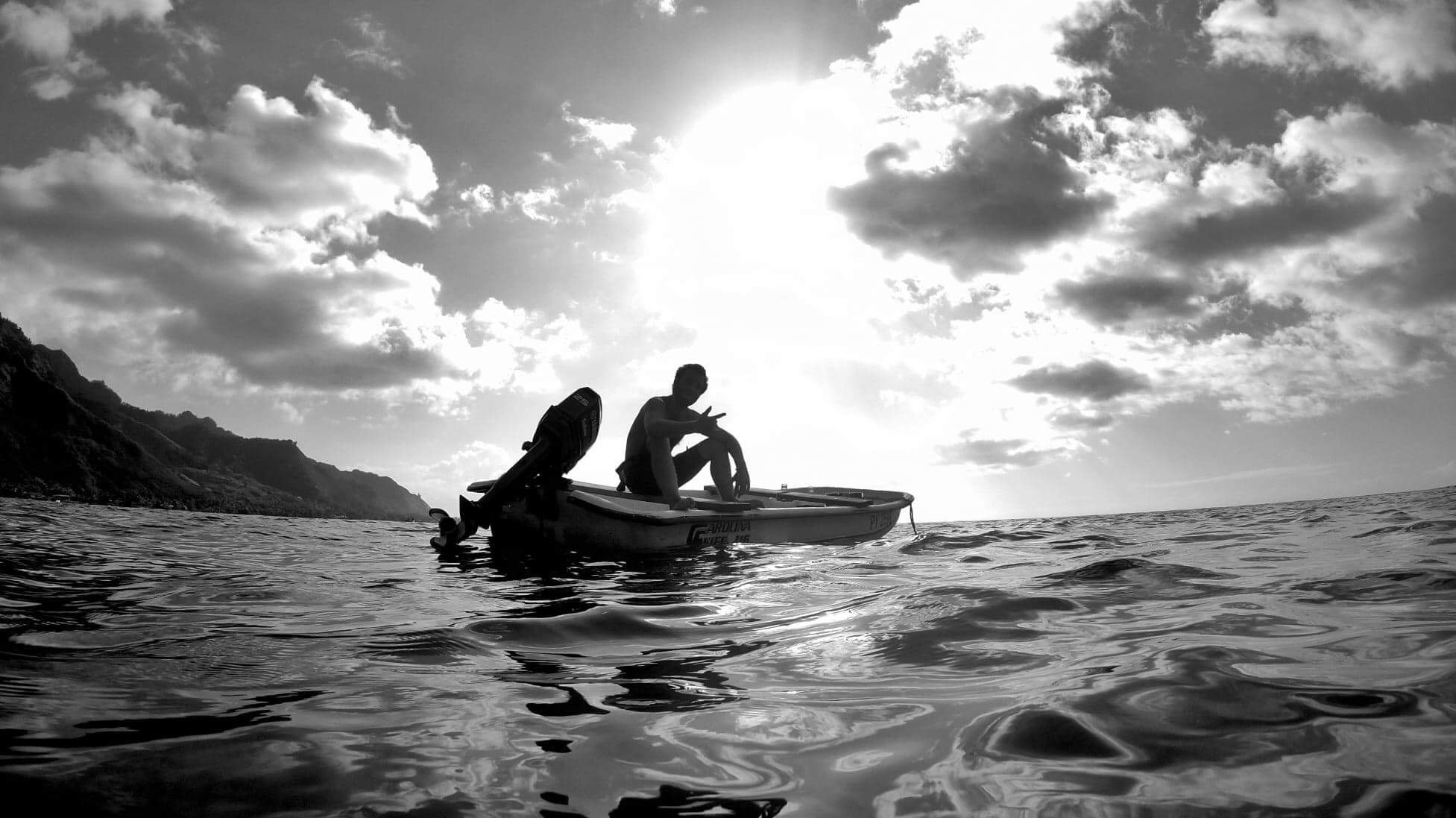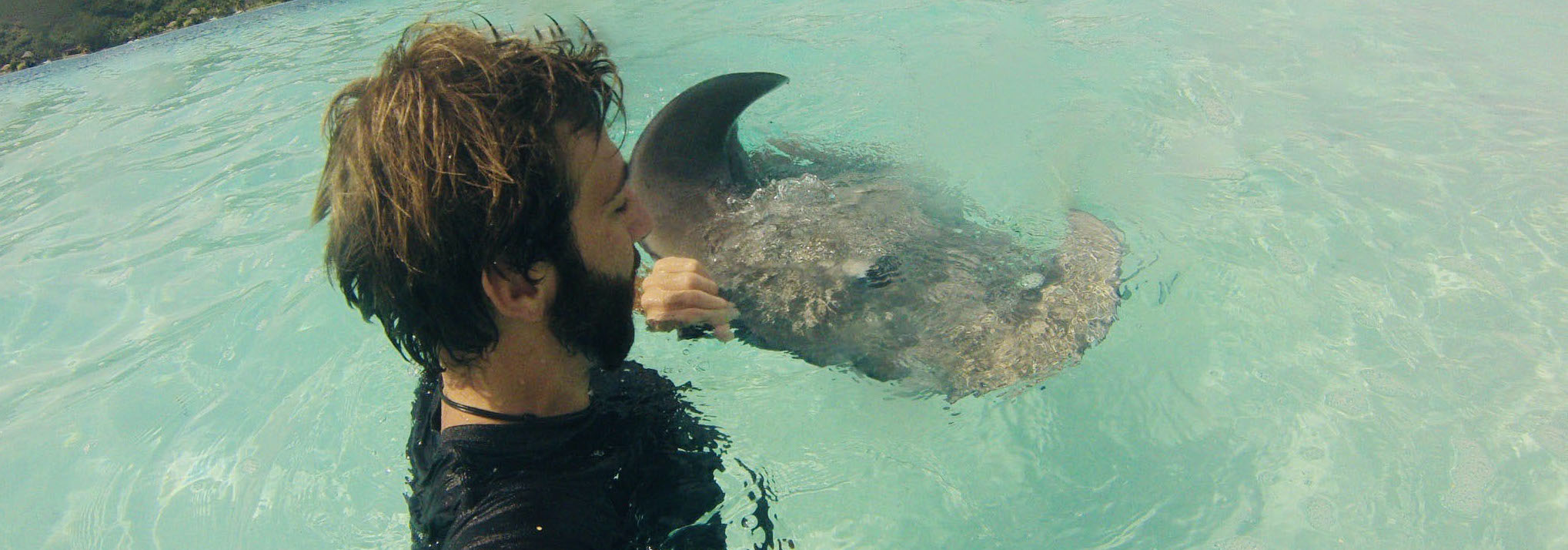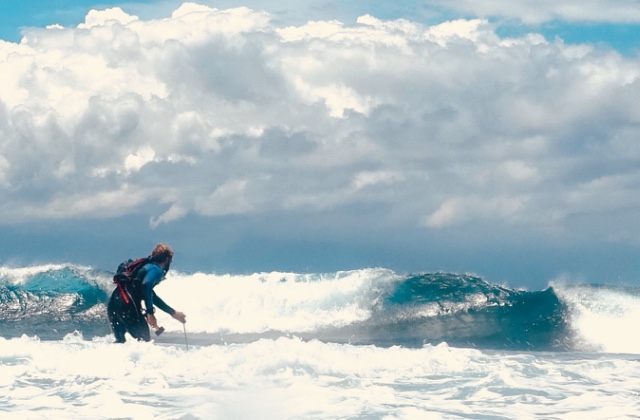Abstract: Coral reefs harbor one of the highest biodiversity on Earth but increasing disturbances have often led to rapid shifts from coral to algal states, prompting the development of conservation methods, including coral restoration. While most studies have focused on the medium and long-term effects of restoration on fish assemblages, less is known about its short-term effects (i.e., within one month) on associated communities. This study explored the short-term impacts (<1 month) of coral restoration, including four restoration conditions, on fish abundance, diversity, and assemblages in a marine educational area (a small coastal area managed by a scholl in the frame of an eco-citizen pedagogical program) in Bora, French Polynesia. Sixteen dead reef patches previously covered by macroalgae were grouped into four conditions as follows: four were non-restored (control condition), four were restored to 25% living coral cover (condition 25%), four to 50% living coral cover (condition 50%), and four were restored to 75% living coral cover (condition 75%). The abundance of fish at adult and juvenile stages was assessed, before and after coral restoration, using the fixed-point method for a period of 5 min on each of the 16 reef patches. Two successive observation periods were conducted for each patch: one focusing on more visible and mobile fish, and another on more cryptic species. Surveys were conducted one day and three days prior to restoration, and then 24 days and 28 days post-restoration. For adults, the difference in abundance, number of species, and diversity before and after restoration were not significant between the conditions. Similarly, for juveniles, no significant differences were observed when considering the conditions and restoration. Before restoration, the fish assemblages were randomly distributed between the four conditions for both adults and juveniles. After the restoration, the inter-conditions similarity decreased significantly for adults, but not for juveniles. Some species were associated with the more restored patches (Chaetodon citrinellus, Halichoeres trimaculatus, and Zanclus cornutus). Finaly, the restoration seemed to have variable effects depending on the trophic groups. Coral restoration has short-term effects on fish assemblages, indicating the effectiveness of restoration efforts even within a brief period. These rapid changes underscore the remarkable ability of adult fish to adapt to rapidly changing environments.
